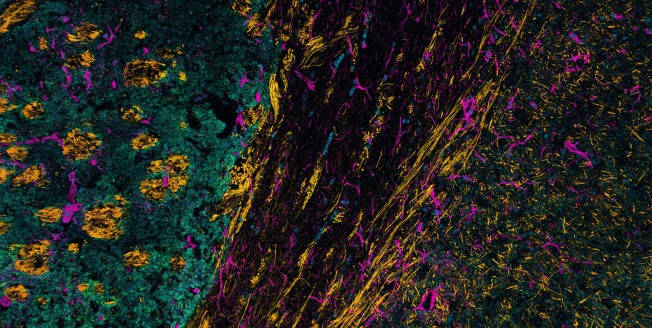
Introduction
Neuronal connectivity is the fundamental basis of brain function, allowing for the integration of information from multiple sources and the generation of complex behavior. The human brain contains an estimated 100 billion neurons, and each neuron can form synaptic connections with thousands of other neurons. Synapses are fundamental building blocks of neural circuits that underlie brain function and behavior. They form specialized junctions between neurons that allow for the transmission of information via electrochemical signals.
A synapse is composed of several components, including the presynaptic terminal, synaptic cleft, and postsynaptic terminal (Figure 1). The presynaptic terminal is located at the end of the axon and contains vesicles that store neurotransmitters. When an action potential reaches the presynaptic terminal, the vesicles fuse with the membrane, releasing the neurotransmitters into the synaptic cleft. The neurotransmitters then bind to receptors on the postsynaptic terminal, triggering a response. The specialized region of the presynaptic terminal where the vesicle docking, fusion and release happens is called the active zone.
The distribution of synapses plays a critical role in neuronal communication, learning, memory, perception, and cognition (Chen et al., 2018). Changes in the distribution of synapses, particularly in disease and aging, can profoundly affect brain function and behavior (Suedhof, 2018).





